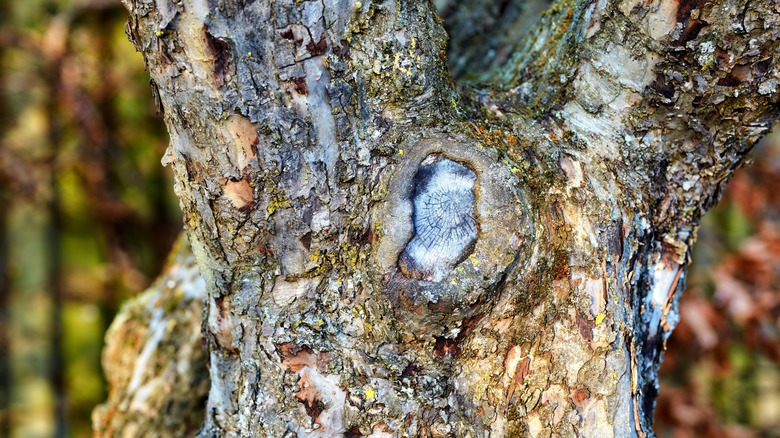Aluminum foil protects your trees from sunscald, a condition that should not be taken lightly. Sunscald doesn’t just mar the appearance of a tree; it poses a genuine risk by weakening the bark and leaving the tree susceptible to diseases, pests, and other hidden dangers. But what exactly causes it? During winter, powerful sunlight directly heats a tree’s bark, waking up cells that were in a dormant state and kick-starting cellular processes. However, as soon as the sun dips below the horizon or a cold front moves in, that drop in temperature destroys the newly active cells and crucial vascular systems, called xylem and phloem. This chain of events leads to the damaging condition commonly called sunscald.
When you wrap a tree trunk in aluminum foil, you create a reflective shield that not only blocks a significant amount of sunlight but also reradiates heat. This helps to maintain a more consistent and less extreme temperature around the tree’s bark, significantly reducing the risk of sunscald and keeping the bark in better condition throughout seasonal temperature fluctuations. Such protection is particularly valuable during the winter when trees are more vulnerable to temperature fluctuations that can result in sunscald.
Sunscald: the finer details

Certain types of trees find themselves at greater risk for sunscald, especially those that are young and have thinner barks. Think about maple trees, beeches, or various fruit trees — their delicate bark makes them prime targets. And if you’ve recently planted a tree, be extra cautious. These newcomers haven’t yet developed a robust root system or a protective canopy of leaves, increasing their vulnerability.
When autumn arrives and deciduous trees shed their leaves, another risk factor comes into play. The exposed trunk catches more sun, creating ideal conditions for sunscald. On the other hand, evergreen trees tend to be less prone to this condition as their leaves remain throughout the year, offering a form of natural protection against intense sunlight.
You’ll often notice signs of distress in the form of bark discoloration and cracking — the sides of trunks and branches exposed to the south and southwest usually bear the brunt of the damage. These areas not only receive the most direct sunlight but also experience it later in the day when the surrounding air temperatures are at their peak. So, if you’ve got trees that fit any of these criteria, you’ll want to be particularly vigilant in protecting them.
What to know when wrapping trees
When wrapping trees for sunscald protection, precision matters. Start wrapping in late fall or early winter before the first heavy frost sets in. This ensures that the tree has a protective layer in place throughout the most vulnerable months. If you choose to use aluminum foil, make sure you position the reflective, shiny surface on the outside. Use a standard roll of household aluminum foil and unroll a length that can wrap around the tree’s trunk and lower limbs or any area exposed to sunlight. Pay more attention to the trees that are south-facing.
Secure it firmly, but be mindful not to make it too snug. If your tree is entering its active growing period, it’s a good practice to remove the foil. Now, if you want to keep the foil in place for longer, be sure to monitor the condition of the foil periodically and replace it if it becomes damaged. Also, loosen it if necessary to ensure the plant can breathe and prevent any moisture build-up that could lead to rot or fungal diseases. Lastly, for a strategic approach to preventing sunscald, consider your landscape design. Place trees that are prone to sunscald on the north or east sides of buildings. This provides natural shade, especially during winter when sunscald is most likely to occur.